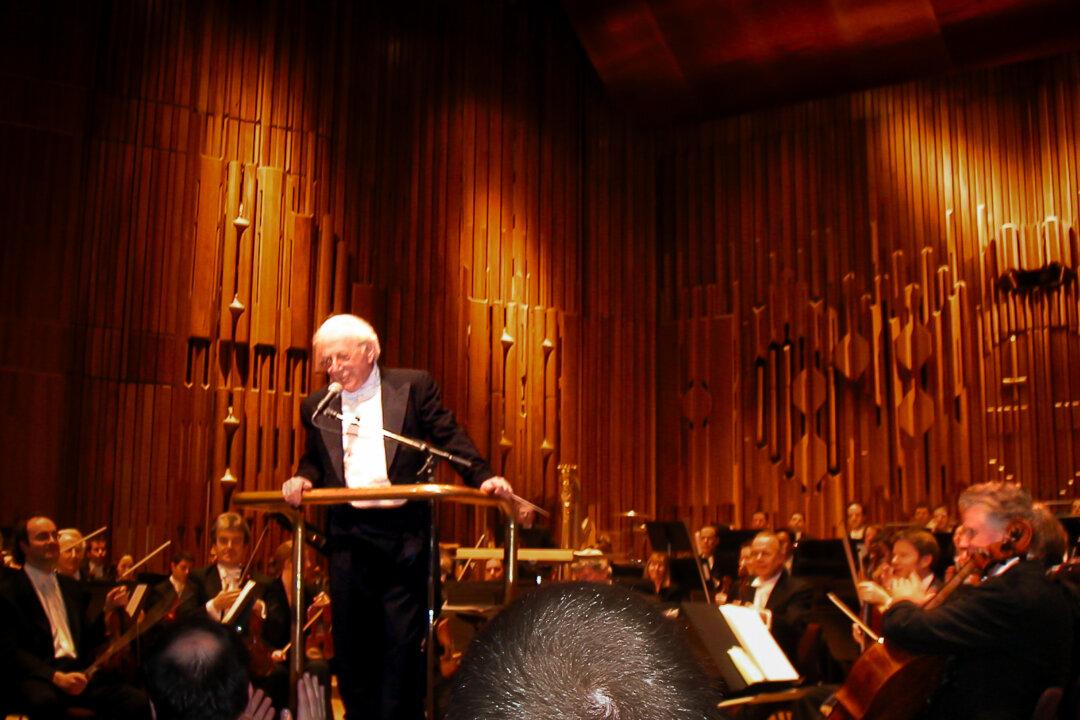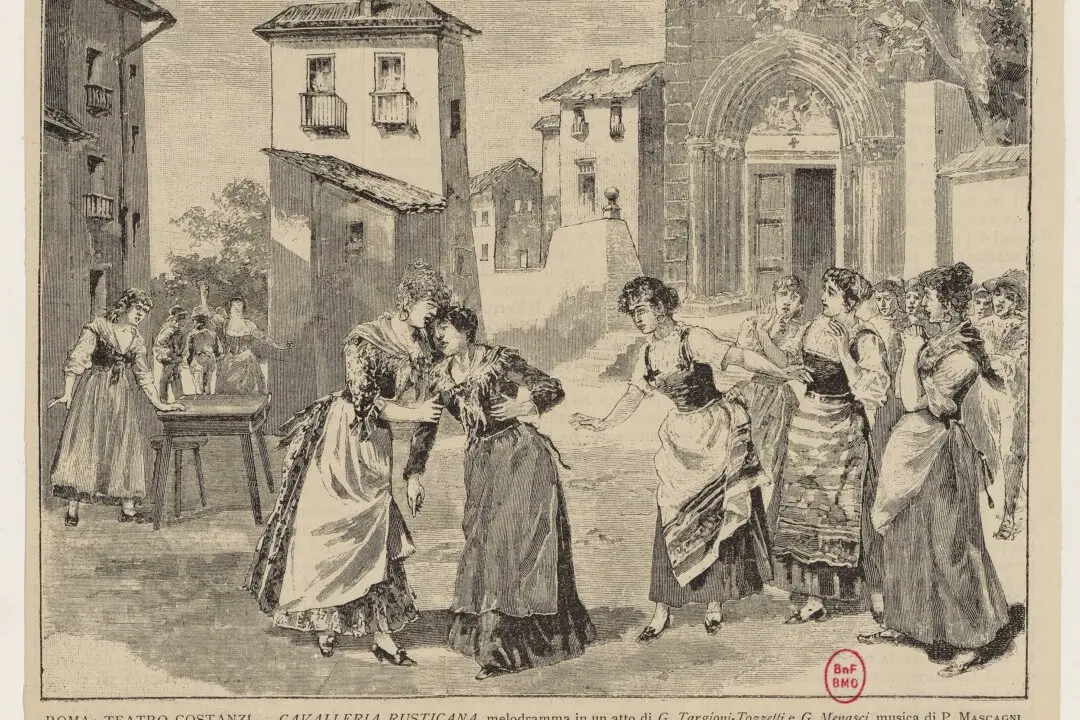The film opens with the backdrop of an enormous American flag. Slowly, a general of the Army walks into view. An offscreen voice calls “Ten-hut” as the general snaps to salute. We see close-ups of the general’s ribbons, medals, and pistols while we hear “To the Colors,” a military bugle call honoring the flag.
Of course, this is “Patton,” the 1970 Oscar-winning movie about General George S. Patton, portrayed on screen by George C. Scott. After this opening you will hear Patton’s actual speech to the troops, given verbatim by Scott. Only then does a background musical score emerge under the credits.






